If there is one profession that has been deeply -and dramatically- reshaped by technology over the past 15 years, it is public relations. Today, the action is mostly online and through social media applications, implying that most brands do not invest into print as much as they used to.
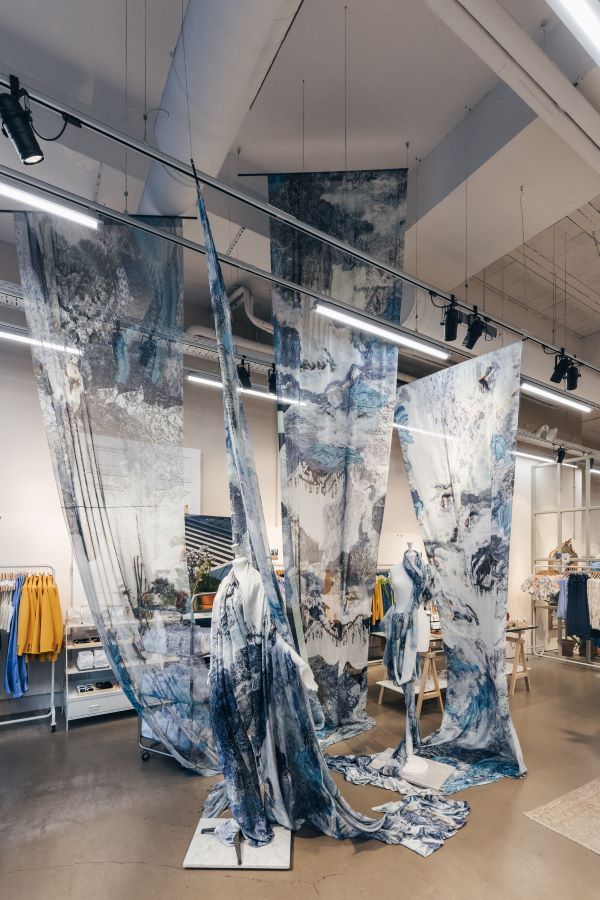
When he launched his own PR agency PURE in Brussels 12 years ago -together with his partner Tom Tack- Stijn Verlinden had already grasped the essence of PR and possibly predicted some of the changes brought on by such new technology. A blogger himself, Verlinden found it easy to understand the role of influencers within communication and why they would become so key and relevant to brands.
Today, Tack and Verlinden have a sizeable team promoting the work of important clients ranging from the fields of fashion and food to beauty and culture. We caught up with the talented entrepreneur to discuss how his work has changed over the past 10 years, adjusting to a new generation with different values, and why he thinks fashion influencers are definitely here to stay.
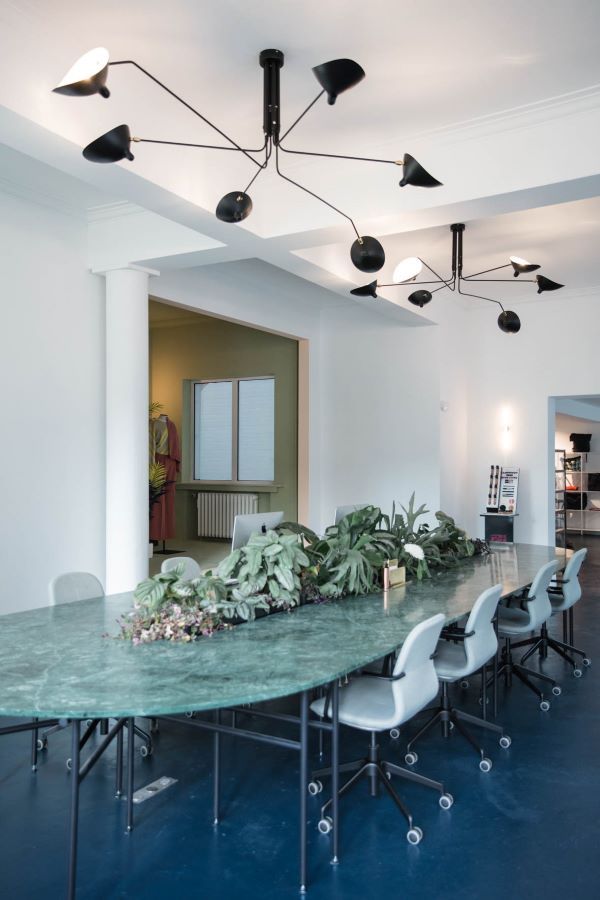
PURE is celebrating its 12th anniversary this year. Does it feel like such a long time to you?
It does not, to be honest. We worked really well during the pandemic, too, which sometimes I felt bad telling people, knowing how the circumstances were, but now it’s 10 of us in the agency and PURE keeps growing.
How do you explain your recent growth?
We had been working with bloggers since the very beginning and if you remember well, we launched “I Love Belgium” in February 2010, as we were bloggers ourselves. We therefore had no issues transitioning from blogging to influencing and understood why it would matter for brands. During the pandemic, we kept our business going thanks to influencers producing experiences -and content- at home, simply because you couldn’t go elsewhere.

What was the digital versus print ratio when you launched PURE?
In 2010, I’d say 90% of our work was aimed towards press and getting journalists and editors to promote our clients. Now, there are brands that don’t even ask for print publications anymore, they just want us to pick and manage influencers for them in order to promote their products. Still, magazines are key for certain clients, but it’s not the majority of them.
We met at a time when a new generation of fashion designers came to the fore with exciting collections and a fresh storytelling, such as Filles À Papa, La Fille d’O, Chauncey, or LÉO to name a few. Do you see a similar wave of talents in Brussels today?
Not really. I was walking into town recently and remembered we had our first press days in the basement of Hunting and Collecting, which no longer exists. At the beginning, PURE started with young designers and we paired with La Cambre Mode[s] and Codefrisko in order to reward new talent with free PR, which was quite easy to do at the time. Today, finding young, confident and strong talents seems to be much more difficult.
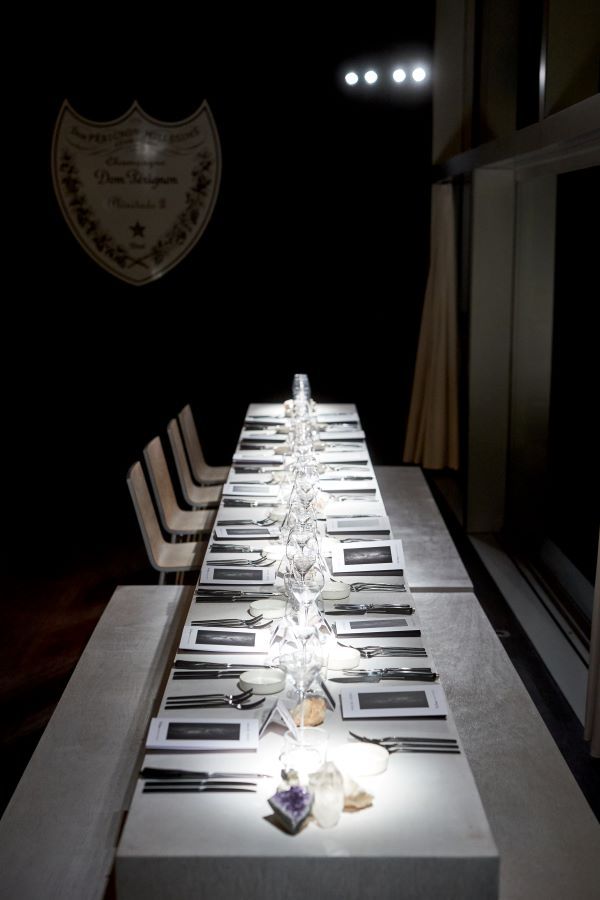
Trying to control and handle social media has become a challenge for many brands and PR agencies. Is that something you have to tackle as well?
We do not do social media at PURE, because we consider it to be a totally different métier. Our clients often have someone doing this in-house, which is much better for them in the end. We advise them on strategy though and hand-pick influencers for their brands in order to get the results they actually want. At the moment, I’d say our workload is divided between 60% digital and 40% print.
What’s it like working with influencers who are often 20 to 25 years younger than you?
I sometimes think they look at us and think we’re some sort of dinosaurs (he laughs). I find certain aspects of Gen Z culture fascinating. Some people in their 20s can be incredibly critical, socially aware and sustainably minded, while others only shop on SHEIN and do not want to have wait for anything. It’s about instant gratification for them and being entitled to have certain things.
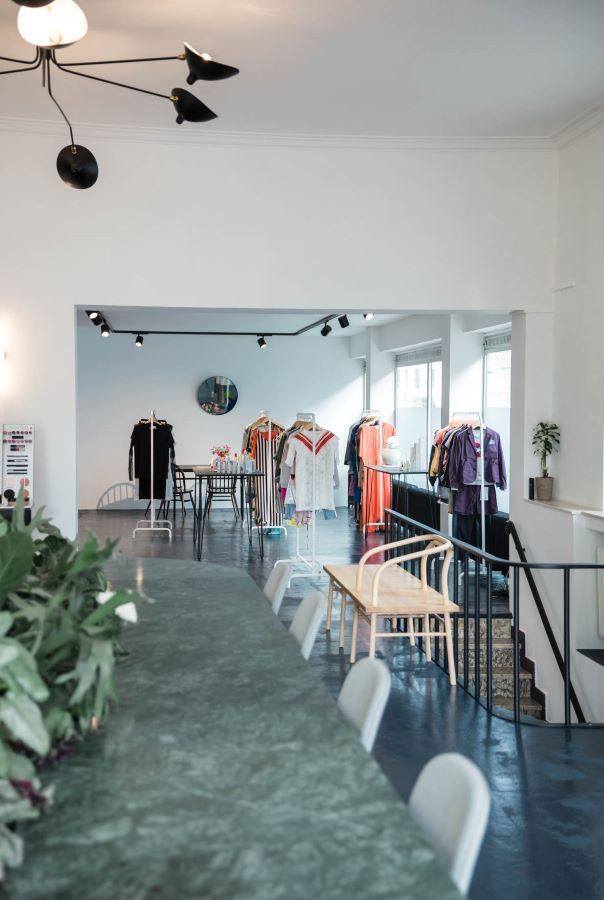
Do you think influencers are here to stay?
Yes, they are. Young people do not find it strange for someone to post branded things online in exchange for a fee. For someone our age, looking at a sponsored post might be questionable, but these guys don’t mind at all. Still, some influencers are trending now, and might not be there tomorrow. It all depends on how exciting their content is and how relatable they are to their audience. People want to look at a slightly better version of themselves, but they do not want to be alienated either.
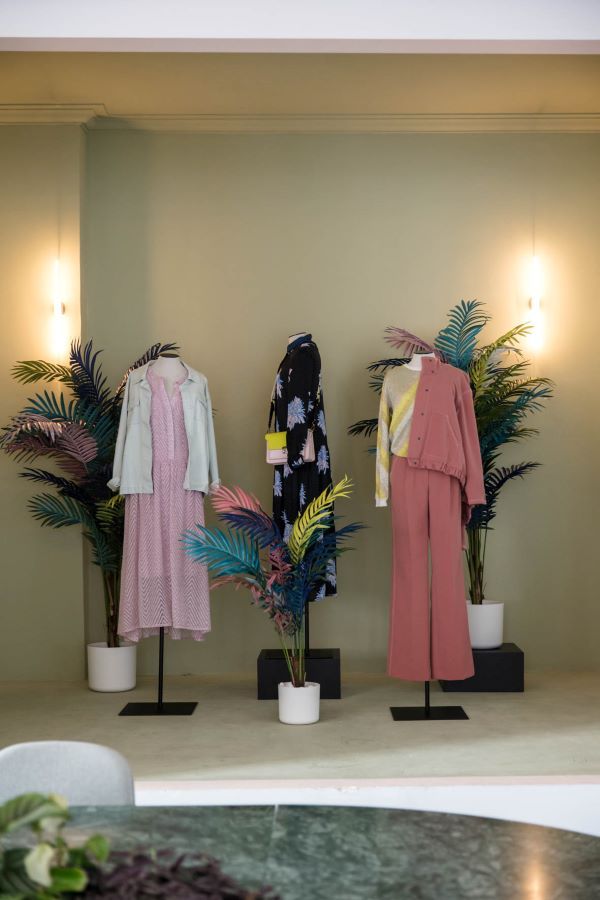
It sounds rather narcissistic, but you could argue the same about young designers being hired by certain brands today. It’s all about their following, online persona and social media presence.
You’d be surprised how good some of them are with cameras. They’re so used to their phones that being filmed is almost like second nature to them. That makes them great communicators.
Which aspects do you love the most about your work?
We’re constantly learning and finding ways to adapt to a changing landscape. The beauty of PR is that it never stands still. At the end of 2018, we decided to launch Fetch, an application focused on influencers. We were the first PR agency to achieve this, and it has considerably helped when it comes to building up communities, and linking brands with influencers. We do like to be challenged and learn about new technologies and innovative ways to communicate. It rarely gets dull or uninspiring!
